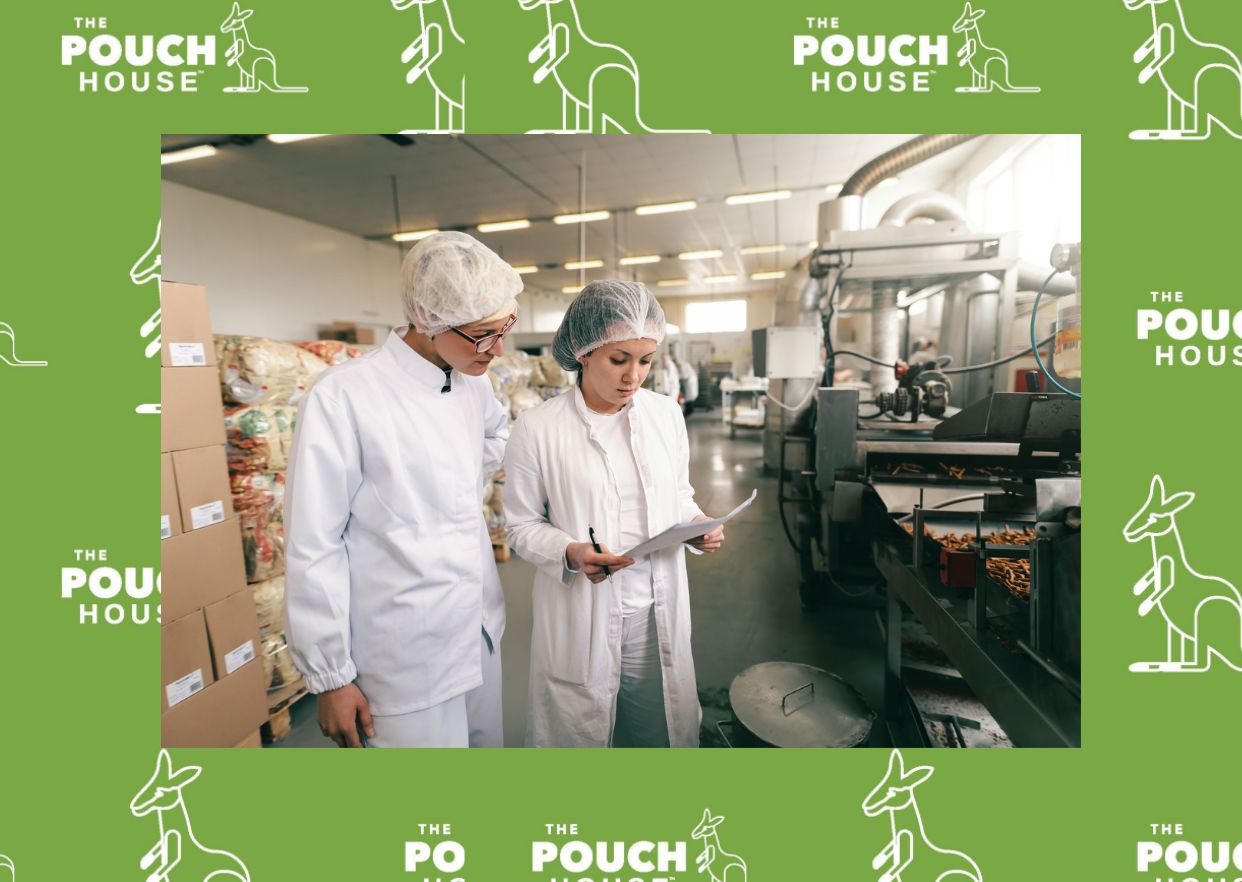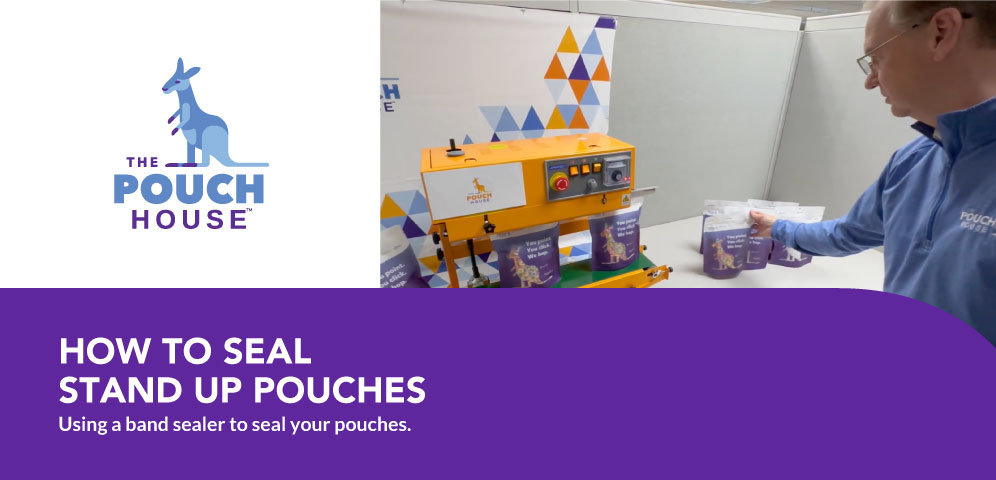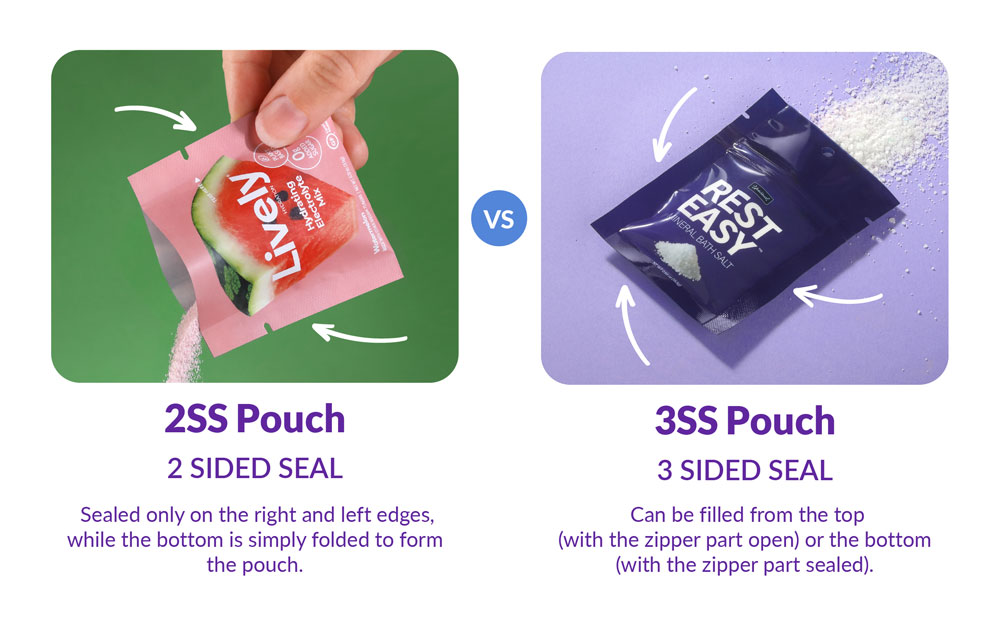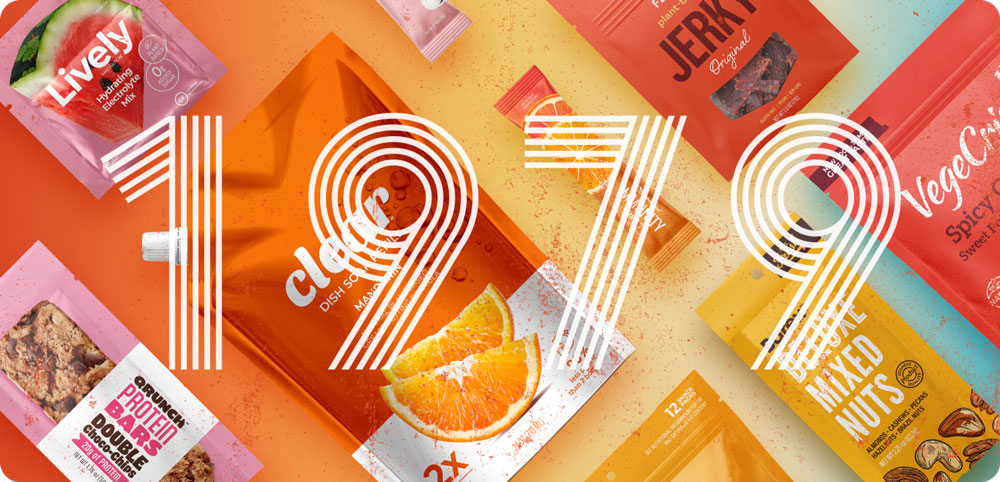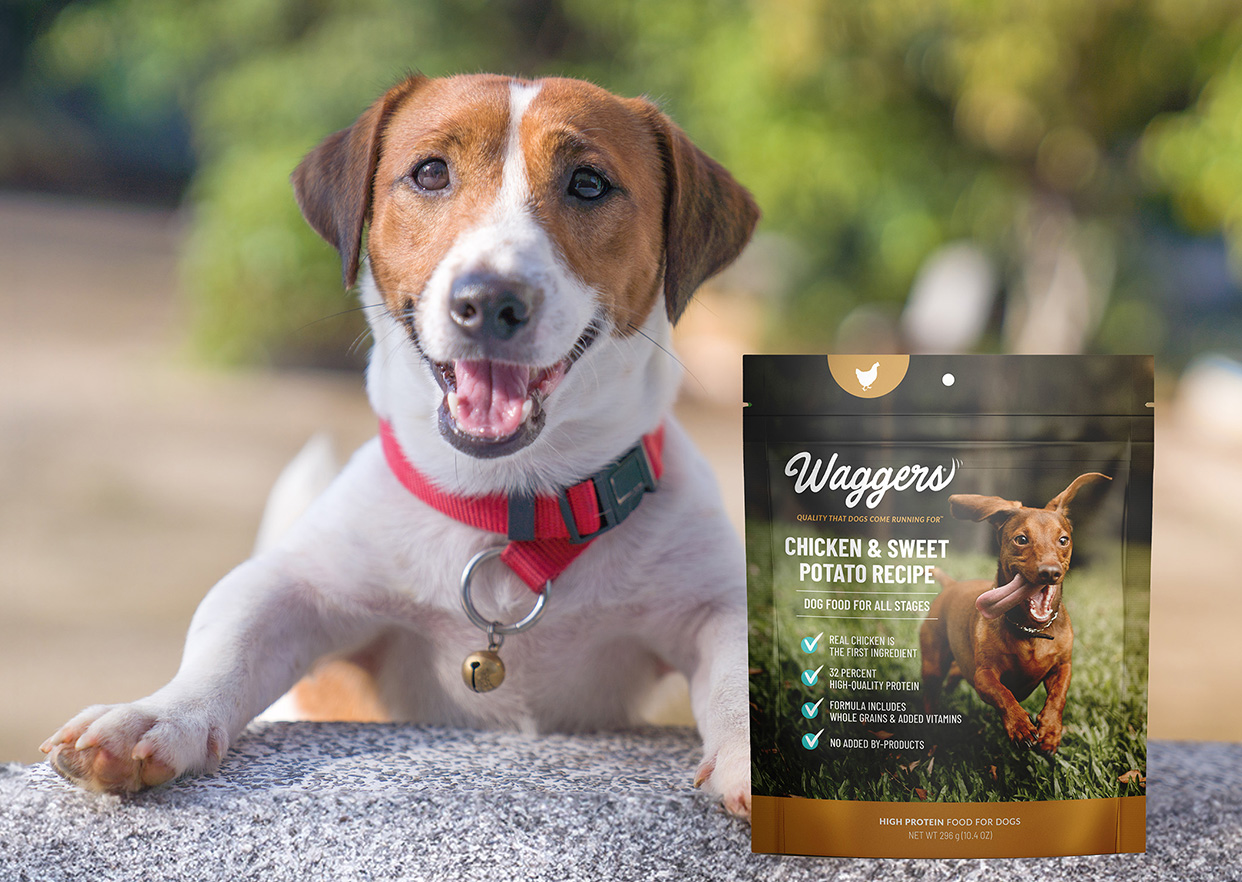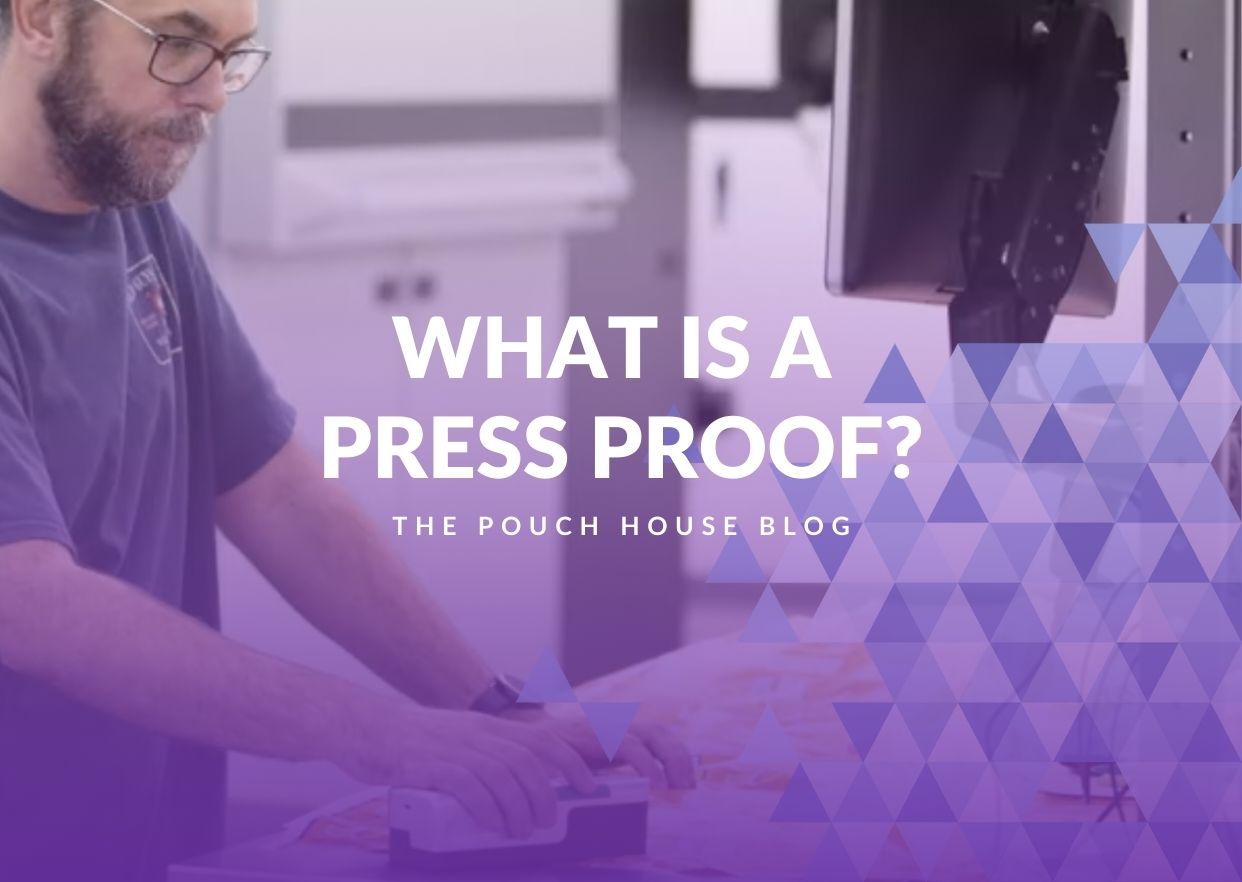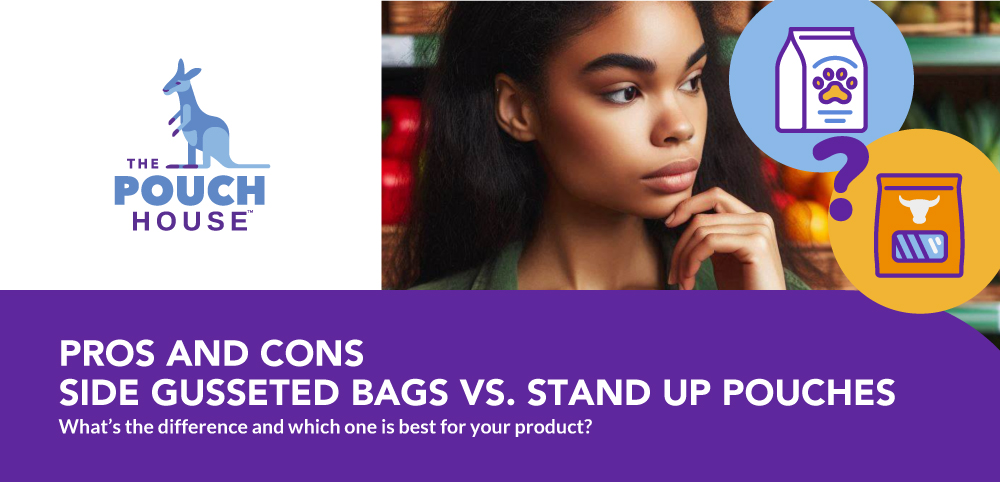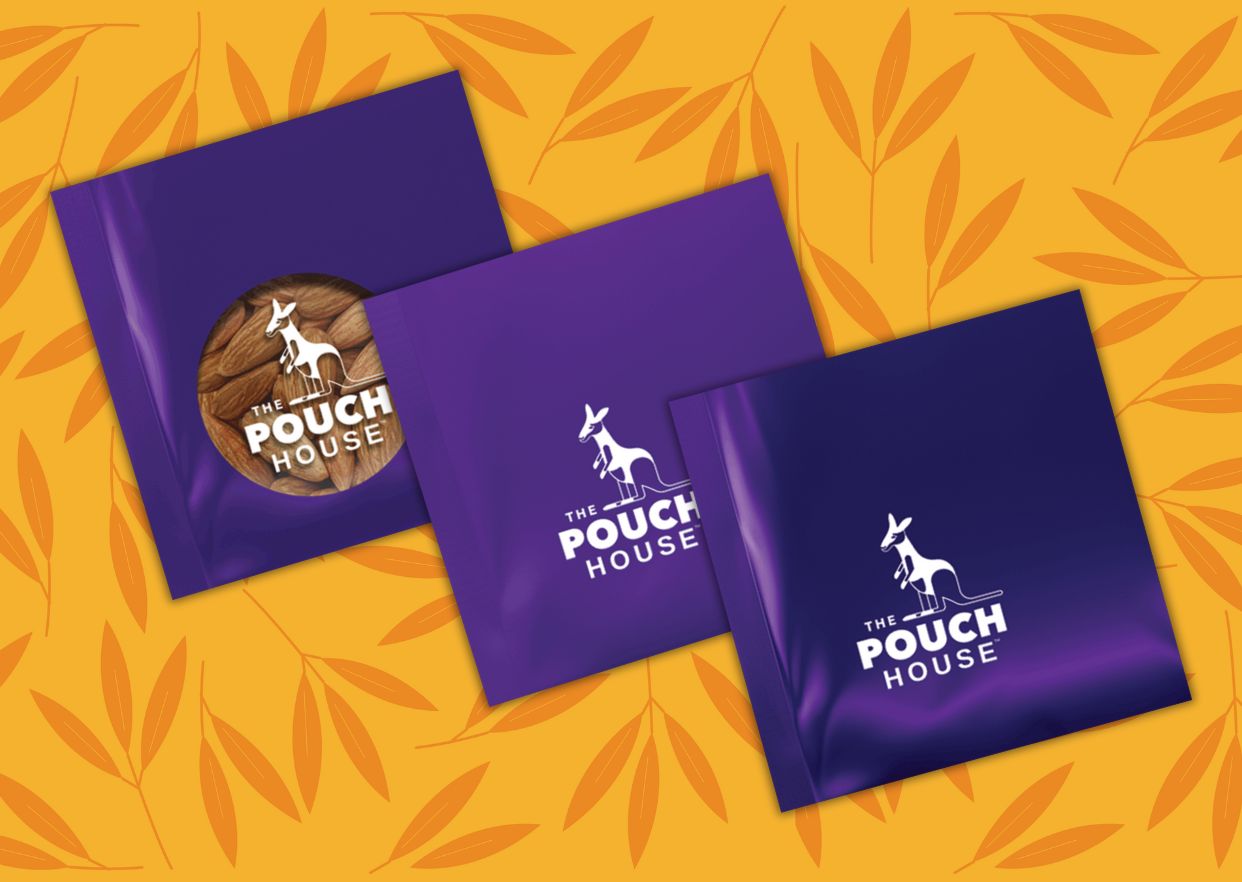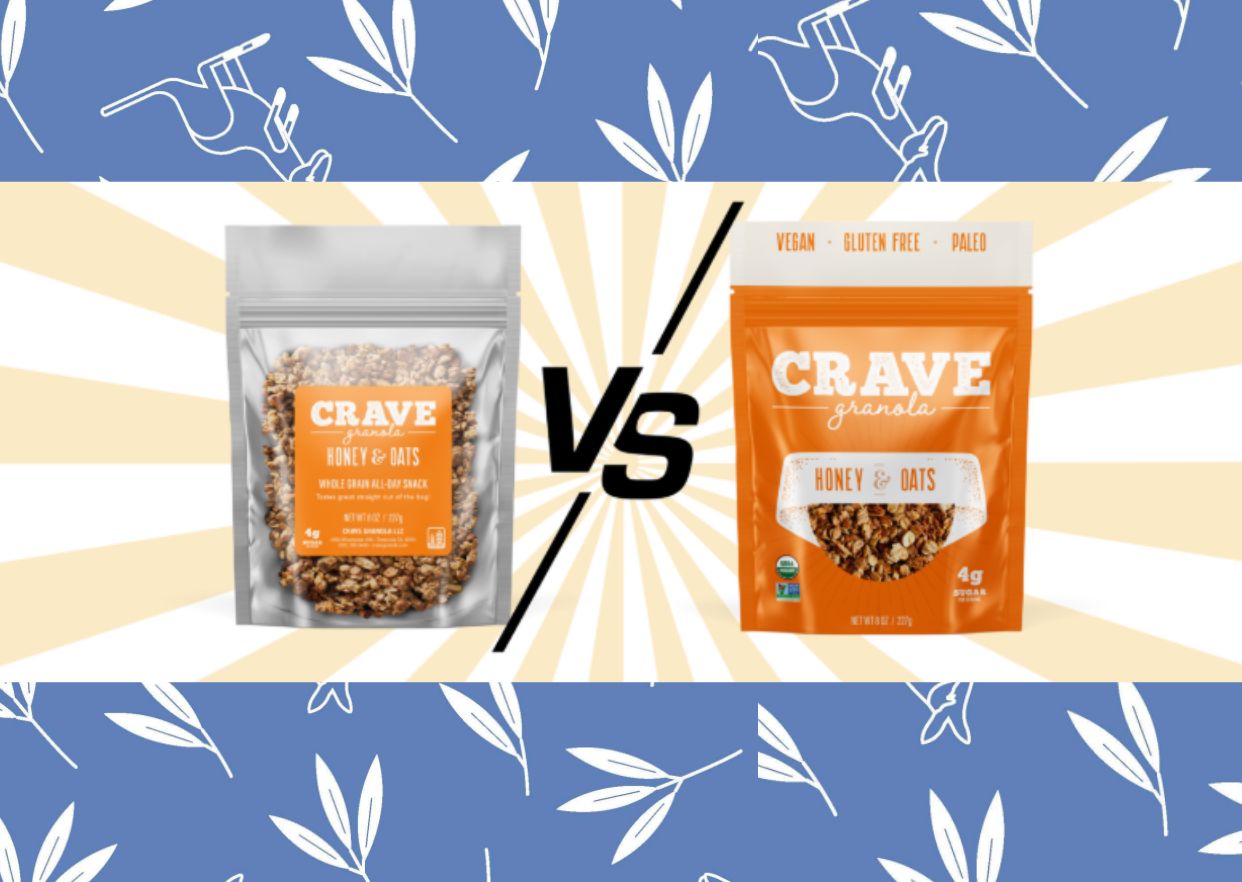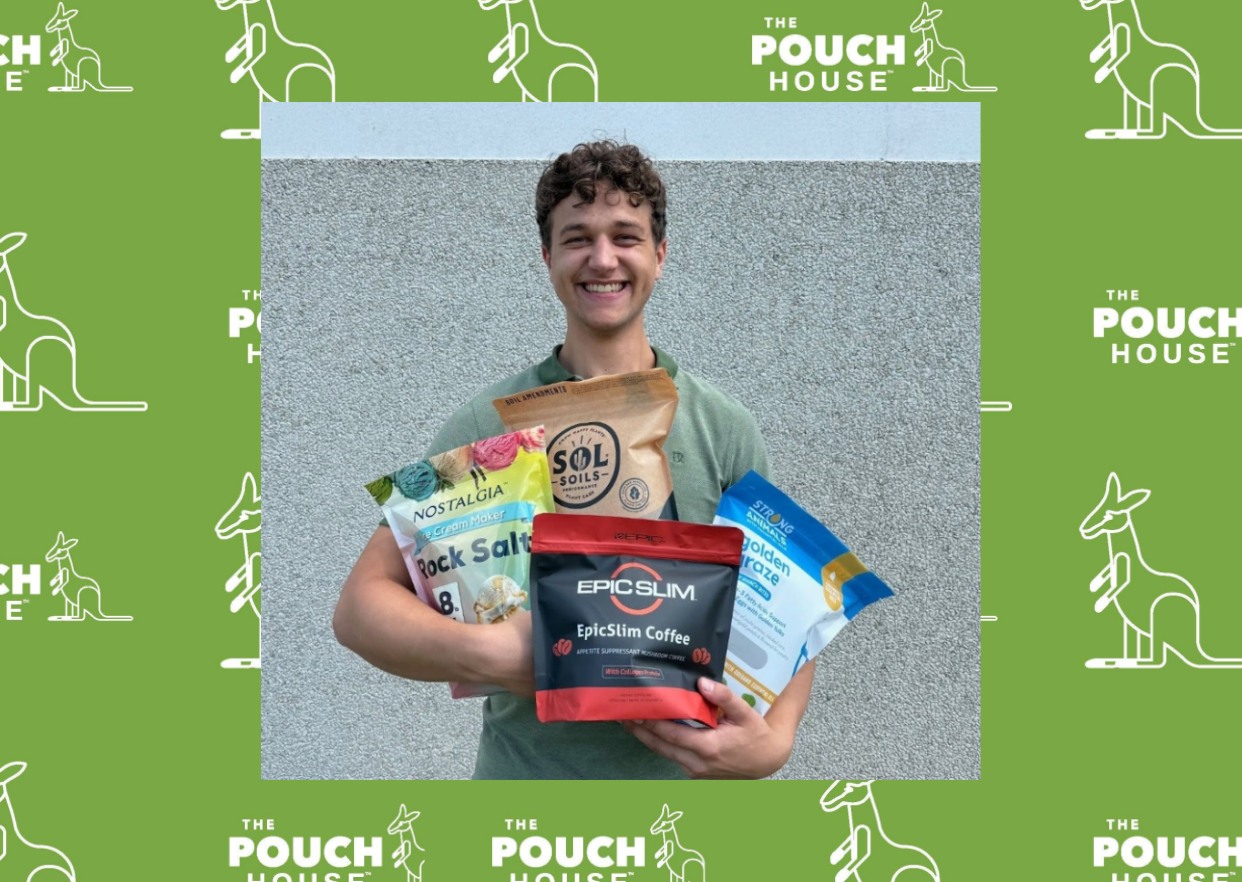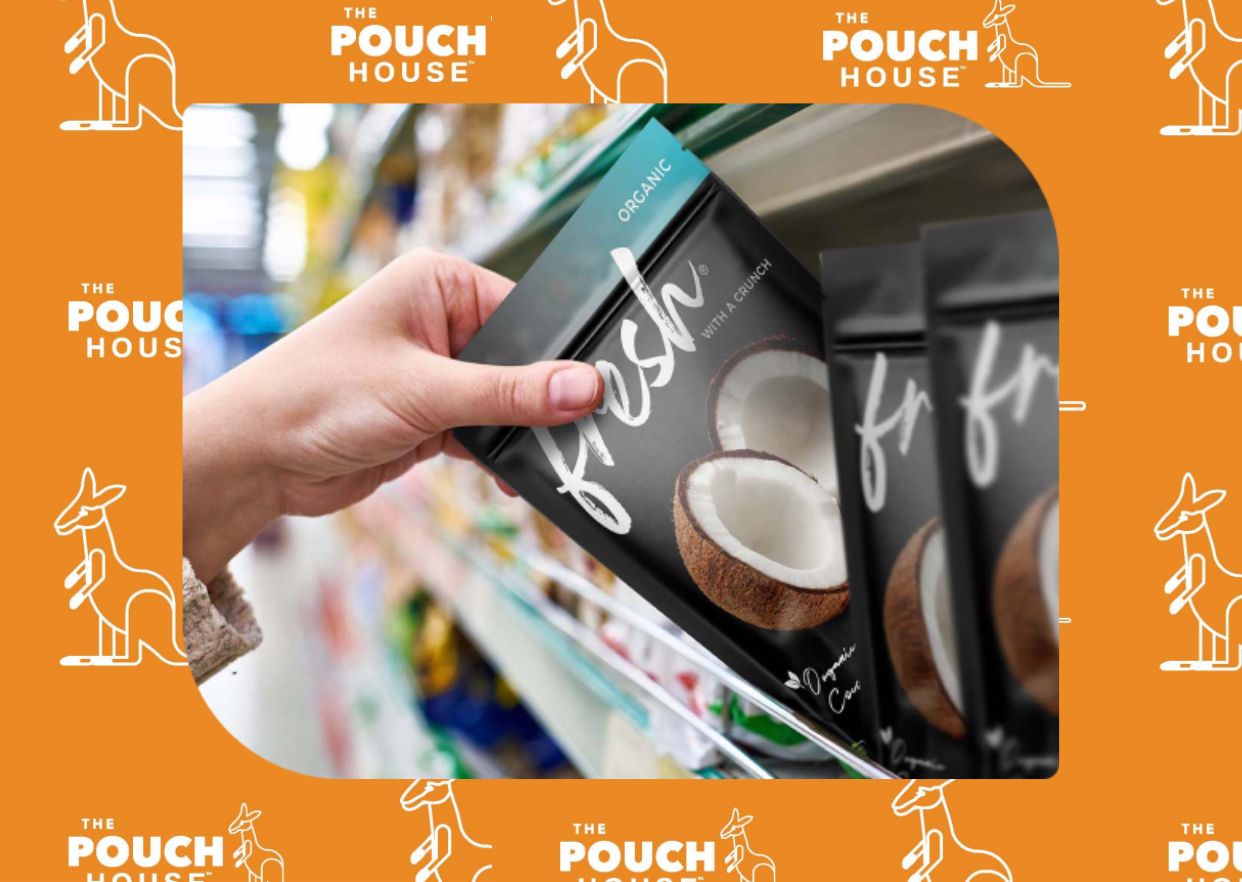
From Snacks to Supplements: Why Shelf Life Isn't One-Size-Fits-All
When it comes to packaging, one of the most common comments/questions we hear from small businesses is:
“How long will my product last in this pouch? I need "x" amount of time for shelf life”
It’s a smart question—but the answer is rarely simple. Shelf life isn’t a one-size-fits-all number you can stamp on every product. It’s a dynamic equation influenced by what’s inside the pouch, how it’s stored, and how it’s protected.
Let’s break it down.
Why Shelf Life Varies So Widely
Shelf life is influenced by a combination of product chemistry, environmental conditions, and packaging performance. Here’s what matters most:
-
The Product Itself
A crunchy granola bar, a powdered supplement, and frozen fruit all degrade differently. Oils go rancid, powders clump, and moisture-sensitive snacks lose their crunch. -
Storage Conditions
Heat, humidity, and light exposure can accelerate spoilage. A pouch stored in a hot warehouse will perform very differently than one kept in a cool, dark pantry. -
Handling & Distribution
Rough shipping, long shelf times, or poor retail storage can all shorten a product’s lifespan—even if the packaging is top-tier. -
Formulation & Ingredients
Natural oils, preservatives, pH levels, and moisture content all affect how long a product stays fresh. For example, a high-fat snack may need more oxygen protection than a dry powder.
How Packaging Helps Extend Shelf Life
While packaging doesn’t create shelf life, it plays a critical role in preserving it.
At The Pouch House, we specialize in high-barrier stand-up pouches engineered to block out the two biggest enemies of freshness: moisture and oxygen.
Why High-Barrier Matters:
- Oxygen can cause oxidation, spoilage, and nutrient loss.
- Moisture can lead to mold, clumping, or texture degradation.
While the brand design may demand clear material for a window or a solid white for high opacity, we often recommend metallized film pouches for barrier sensitive products like:
- Protein powders
- Vitamins and supplements
- Snack foods with natural oils
- Dehydrated meals
- Pet treats and specialty foods
These pouches offer superior protection against light, air, and humidity—helping your product stay fresh longer and reducing the risk of spoilage or customer complaints.
What This Means for Your Brand
Whether you’re launching a new snack line, scaling a supplement brand, or entering the frozen food or pet product space, shelf life isn’t just about time—it’s about strategy.
Ask yourself:
- What are the most sensitive ingredients in my product?
- Where will my product be stored and shipped?
- How can packaging help me reduce waste and returns?
FAQ: Shelf Life & Packaging
Q: How long do supplements or vitamins last in pouches?
A: It depends on the formulation, but with high-barrier pouches and proper storage, many supplements can maintain potency for 12–24 months.
Q: What’s the best pouch for snack shelf life?
A: Metallized stand-up pouches with resealable zippers are ideal for snacks, especially those with oils or moisture sensitivity.
Q: Can packaging alone guarantee shelf life?
A: No. Packaging is one part of the equation. Product formulation, storage, and handling all play critical roles.
Q: What’s the difference between standard and high-barrier film?
A: High-barrier films offer superior protection against oxygen and moisture. (*as well as light in the case of metallized film)—making them essential for sensitive or long-shelf-life products.
Still unsure - think about conducting a shelf life study:
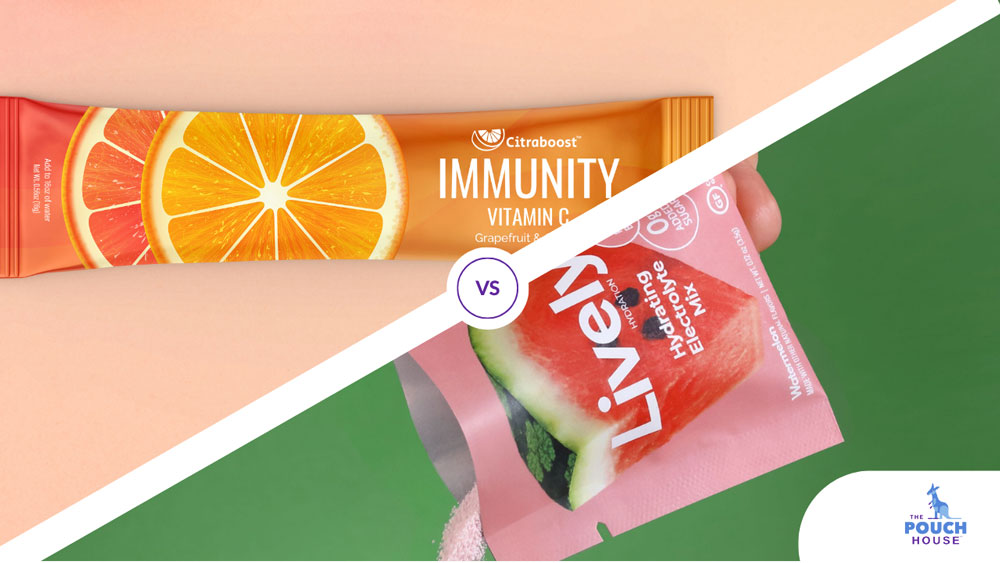
Steps to Conduct a Shelf Life Study for a Food Product
1. Define the Product Parameters
- Identify the product type (e.g., snack, supplement, frozen item)
- Note key ingredients that may affect stability (e.g., oils, moisture, preservatives)
- Determine the expected shelf life range (e.g., 6 months, 1 year)
2. Choose the Packaging Format
- Select packaging materials (e.g., metallized film, barrier layers)
- Consider resealability, light protection, and oxygen/moisture barriers
- Work with a packaging supplier (like The Pouch House) to ensure optimal protection
- If automating, keep the viability of the material on your packaging equipment in mind
3. Conduct Initial Lab Testing
- Microbial testing: Check for spoilage organisms under various conditions
- Chemical testing: Monitor oxidation, pH changes, and nutrient degradation
- Sensory testing: Evaluate taste, texture, and aroma over time
4. Simulate Storage Conditions
- Store samples under real-world and accelerated conditions:
- Room temperature
- Refrigerated or frozen
- High humidity or light exposure
- Use accelerated aging to predict long-term shelf life faster
5. Monitor Over Time
- Test samples at regular intervals (e.g., every 30, 60, 90 days)
- Record changes in microbial load, sensory quality, and packaging integrity
6. Analyze Results & Determine Shelf Life
- Use data to establish a realistic shelf life range
- Identify any formulation or packaging adjustments needed
- Document findings for regulatory and labeling purposes
7. Optional: Third-Party Validation
- Work with a food science lab or university partner for independent verification
- This adds credibility and may be required for certain certifications
Start early: Shelf studies can take months, especially for long shelf life products.
Use high-barrier packaging: Especially for products with oils, moisture, or sensitive nutrients.
Document everything: For FDA, USDA, or retailer compliance.
Have questions? We're here to help. While The Pouch House doesn't conduct shelf life compliance studies, we can recommend the right pouch materials based on guidance from your consultant or co-packer.

